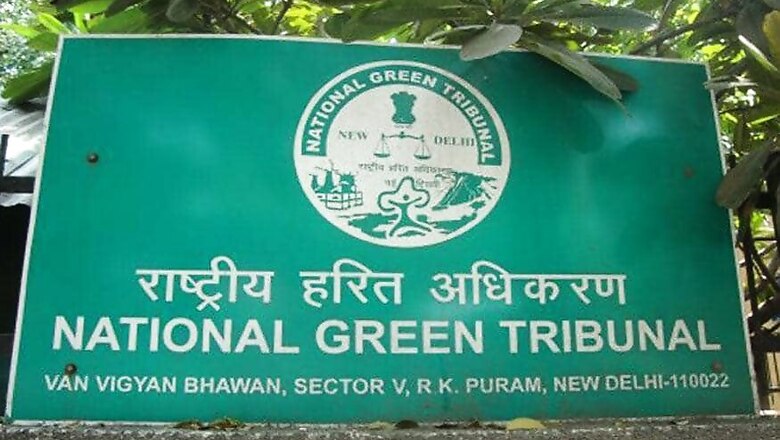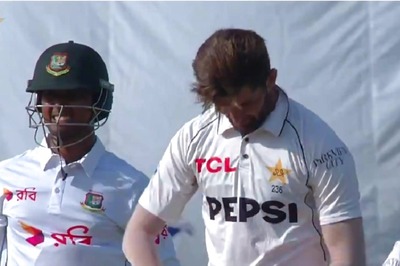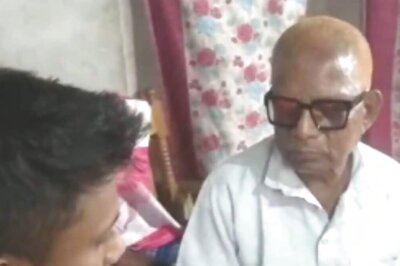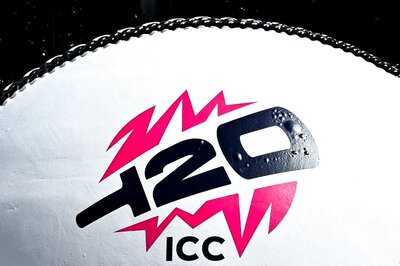
views
New Delhi: Rejecting allegations of an expert panel with conflicting interests, the National Green Tribunal has cleared Hindustan Unilever Ltd (HUL) to conduct a mercury remediation at its Kodaikanal thermometer factory.
The tribunal fixed the remediation level (an indicator of the extent to which pollutants will be removed) at 20 mg/kg, rejecting the demand for clean-up standards made by environmentalists of fixing the level of 6.6 mg / kg.
On November 1, the principal bench of the NGT came to the decision based on an expert committee of eight members that the Central Pollution Control Board (CPCB) had constituted. These included experts from IIT-Bombay, IIT-Delhi, IIT-Madras, NEERI-CSIR (Nagpur), IITR-CSIR (Lucknow), AIIMS (Delhi) and the Indian Council of Medical Research, Delhi.
“The experts unanimously reported that the screening level of 6.6 mg/kg could not be treated as a remediation standard,” the tribunal noted. The central pollution watchdog also told the Tribunal that conducting further studies were unnecessary.
“At this stage, execution of remediation work should be of primary focus rather than conducting further studies, since the subject site remains contaminated for more than 20 years posing environmental and health risks,” it submitted.
Conflict of Interest
Navroz Mody, a resident of Kodaikanal and member of the Local Area Environment Committee, who had moved the tribunal, submitted that of the eight members four had conflict of interest “with fiduciary ties to M/s HUL (polluter in the present case) and/or authors of the reports that are to be reviewed by the said Committee.”
HUL had opposed this.
Firstly, in National Environmental Engineering Research Institute’s (NEERI) case, the plea had alleged that NEERI was the consultant that was responsible for downgrading the cleanup standard since higher standards would “mean increased costs”, while adding that an RTI response showed that NEERI was paid Rs 35 lakh for the report.
In response, HUL had told the NGT on October 1, 2018 that the “engagement of NEERI was proposed by the Supreme Court Monitoring Committee (SCMC) in the year 2004 and on that account the TNPCB invited a proposal from NEERI” and that IIT Delhi was engaged as “per direction of TNPCB and the SEC which was appointed by SCMC for risk assessment study.”
Secondly, regarding a study by an IIT Delhi scientist, the plea had alleged that quail and sparrow were chosen as sample species, although they were not found in or near the factory .
Thirdly, regarding the selection of an IIT Bombay scientist, the plea pointed out that he had been a consultant with HUL for fifteen years, which his website had also confirmed.
Regarding IITR Lucknow, the plea noted that the body lists HUL as a ‘collaborator’ and alleged that “collaborator cannot be expected to offer a fair view on this highly controversial matter.”
The HUL had further countered saying, “Representative from IIT Bombay has been described as a collaborator of the HUL because of his expertise on the subject. Allegation that IITR Lucknow was collaborator of HUL is also without any basis. No financial aid has ever been given by HUL to IITR Lucknow. The institute has been described as such on account of expertise of the said institute from whom various organization take opinion on the subject.”
The Tribunal found no merit in these objections. It said that “mere fact that there was association of some of the experts as stated by the applicant will not vitiate the report and the opinion furnished by the CPCB.”
The Incident
The factory imported mercury from the United States and would export finished thermometers to global markets. By 2001, factory workers began complaining of ailments – that have since been linked to mercury poisoning. By 2001, the allegation of dumping mercury coincided with the discovery of a pile of broken thermometer glass with remains of mercury. Eventually the company admitted that it did dump mercury-contaminated waste.
The Tamil Nadu Pollution Control Board (TNPCB) closed the unit on March 23, 2001 and a working group was constituted to oversee the remediation processes.
The Supreme Court constituted a Monitoring Committee which visited the site. HUL itself was directed to carry out remediation work.




















Comments
0 comment